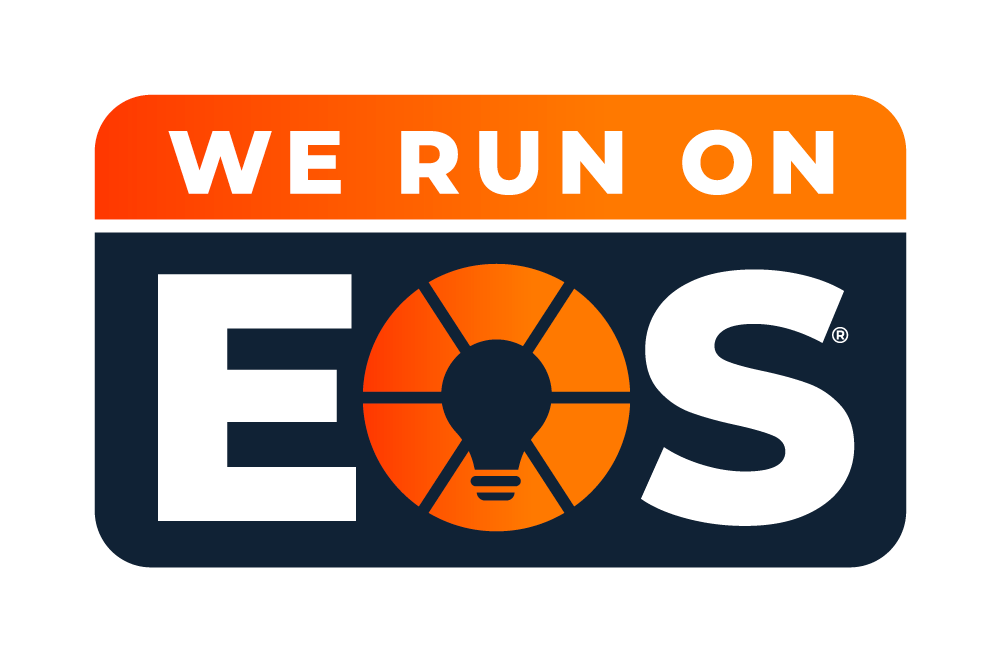NASA Fully Integrated Lifecycle Mission Support Service 2
We at BOOST LLC have reviewed the new DRFP for NASA FILMSS 2 and our pricing experts are providing the following insights on this solicitation. Continue reading for some challenges and pitfalls to avoid regarding this DRFP.
The lack of incumbent task order history and incumbent staff pay/seniority on this $200+M NASA IDIQ unfairly tips the scale towards the incumbent contractor. NASA should be more transparent and disclose additional information to prospective offerors to foster better competition.
Background
The NASA Ames Research Center (ARC) FILMSS 2 contract is a re-compete of FILMSS 1 (awarded to KBR/Wyle under contract # NNA14AB82C ) to provide program, science, engineering, operations and project management support for such efforts as biosciences flight development projects (e.g., mission implementation, instrument development, and technology advancement efforts), collaborative science programs (e.g., astrobiology, virtual institutes), aeronautics research projects, and various Ames offices. This contract will also provide specialized technical and professional support for Ames Mission Support work. To date, total incumbent contract obligations are $165M out of a total ceiling of $272M and we estimate total obligations to be about $200M at contract completion. Unfortunately, there is no visibility into the FILMSS 1 task order history. Steady-state burn rate was approximately $35M per year. According to The Pulse of Gov Con, the following incumbent information is available:
FILMSS 1 Incumbent Information
- Incumbent: KBR Inc. (was Wyle Laboratories – acquired by KBR in 2016)
- Contract Number: NNA14AB82C
- Date Awarded: 07/29/2014
- Completion Date: 07/31/2019
- NAICS: 541712
- PSC: R405
- Pricing Type: CPFF, Full and Open Competition
- Value Breakdown – 61% funded
- Potential Ceiling Value: $271,939,789.00
- Actual Dollars Obligated: $165,635,467.25
Solicitation Overview
NASA released the draft RFP on 12/21/2018. An Industry Day Conference was scheduled for Jan 9th and the final RFP release was scheduled for February 2019 with proposals due in March/April 2019. NASA has not yet released a revised schedule due to the partial Government shutdown. However, it’s likely the final RFP release won’t occur before March.
This single-award contract, to be made based on best value, is divided into four parts consisting of a fixed price transition, a 60-month IDIQ CLIN, ‘Management Core’ and ‘Core Technical Elements’. The Management and Core Technical Element CLINs each have a 24-month base period and three 12-month option periods. All CLINs, except transition are Cost-Plus-Fixed-Fee (CPFF). The CLIN 4 IDIQ minimum is $5M with an ultimate IDIQ ceiling of $185M. NASA expects approximately 30‐40 IDIQ TOs with the base period and each option period. The place of performance remains the Ames Research Center, Moffett Field, CA.
Pricing Details
Offerors are required to complete Attachment Jb1 Cost and Price Template. The template contains 17 Exhibit tabs. The pricing requirements and associated exhibits are similar to the original FILMSS 1 solicitation which include pricing for the Transition, Management Core, and Core Technical Services. However, unlike the incumbent solicitation, the FILMSS 2 draft RFP does not request additional pricing of sample task orders. Instead, the RFP instructs offerors to price out a five-year total IDIQ of 938.8K labor hours across 39 specified labor categories. Below, we summarize key requirements of each element of cost.
Direct Labor
There are 68 unique labor categories across management, core technical, and IDIQ pricing exhibits which is somewhat more than the 54 total labor categories identified in the prior contract. However, only 37 standard labor category (SLC) descriptions are currently provided in attachment Jb7. The pricing template is pre-populated with labor hours for the Technical Core (532.4K labor hours vs. 586.6K from FILMSS 1) and the IDIQ portion (938.8K labor hours) of the contract. Offerors cannot change the pre-populated total labor hours or the distribution of hours among labor categories. However, they may allocate these hours among their team. Offerors must separately determine and price Key Personnel and Core Management level of effort. As with other NASA solicitations, offerors must identify the source of all proposed direct labor rates for all labor categories. However, at the time the draft RFP was released, NASA has not included a current Wage Determination (WD) for the contract. The prior WD was 2005-2061. Offerors must also submit a total compensation plan.
For labor escalation, NASA provided suggested escalation rates on that range from 2.9% – 3.0%. NASA characterizes these rates as ‘recommendations’ and are not mandatory. The pricing template requests a single escalation rate by Contract Year and is applied to all labor categories regardless of exempt type.
Indirect Costs
Offerors must provide 3 years’ worth of historical indirect pool and base costs that comprise their indirect rates and similar forecast details for each future Contractor Fiscal Years. NASA expects offerors to separately quantify G&A cost base totals Existing Business Base, the FILMSS 2 contract, and Other Forecasted Business Base to document any favorable rate impact from a large contract win. The RFP cautions offerors that they cannot use their provisional billings rates letter as a basis for forecast indirect rates. Offerors with a negotiated Forward Rate Price Agreement may submit the signed agreement in lieu of providing the indirect cost data in Exhibits 12 and 13. There are no requested direct or indirect ceiling rate ceilings requested in the draft solicitation.
Other Direct Costs (ODCs) and Travel
Pricing requirements are trivial. The RFP instructs offerors to propose $19.47M plug for ODCs and Travel (more than double the original plug from FILMSS 1 solicitation). The plugs are unburdened and offerors are free to apply burden consistent with their accounting systems and also to apply fee as offerors see fit.
Subcontractor Pricing
Pricing requirements for subcontractors depend on whether they are a major subcontractor ($8M over 5 years or $3M in any one year) or minor subcontractor (everything else). Major subcontractors must provide pricing details and associated cost volume narrative similar to the prime and can submit their proprietary data directly to NASA. Minor subcontractor pricing is summarized in a minor subcontractor pricing exhibit (Exhibit 14). The prime is expected to provide NASA with the prime’s cost and pricing reasonableness determinations for all subcontractors. Subcontractors that are proposed as either Cost Reimbursable, Time & Material, or non-competitive fixed price type contract in excess of $2M must also submit a total compensation plan.
Summary
We think NASA needs to provide some additional information and pricing clarifications to offerors. First, provide some summary information on FILMSS 1 task order history. Second, provide basic incumbent pay rate and seniority metrics. Third, provide a current Wage Determination. Fourth, provide a reconciled list of all standard labor categories and fully populated labor categories description for all labor categories. Finally, NASA should refine the pricing template to ensure that offerors do not price in escalation for Service Contract Labor Standard covered labor categories.
If you’re looking to BOOST your proposal give us a call or send us an email, [email protected]. We’re able to provide pricing synopses on a variety of RFP opportunities to help you avoid pitfalls and tackle requirements the right way.
Prepared by BOOST LLC/Michael Gallo





